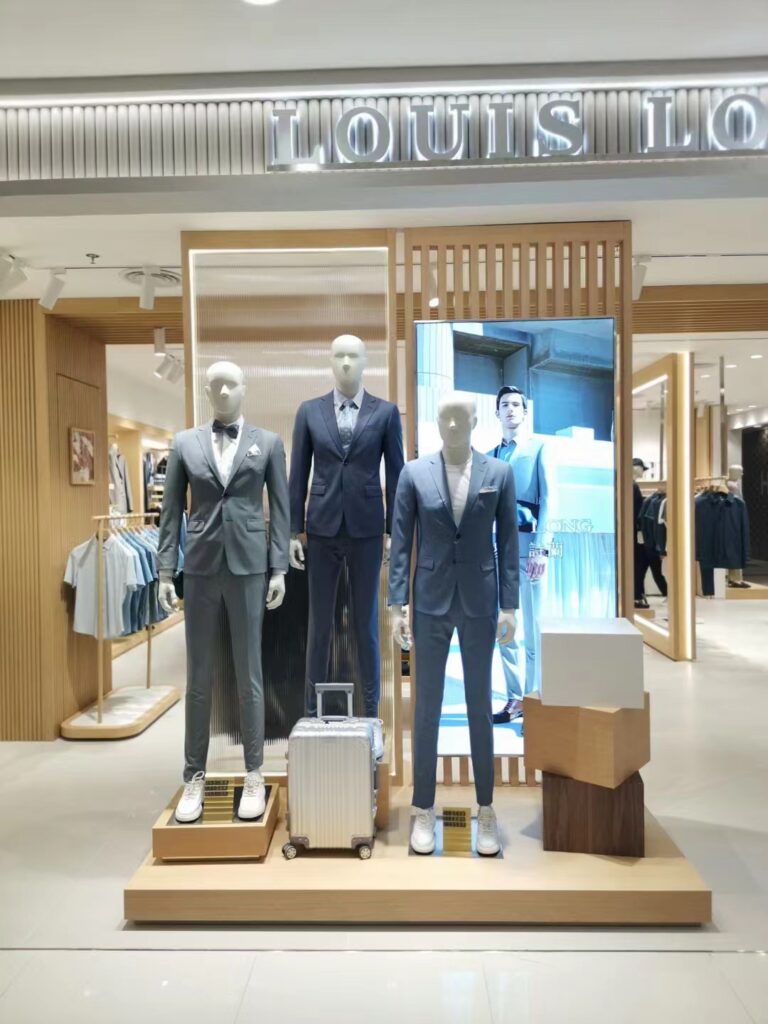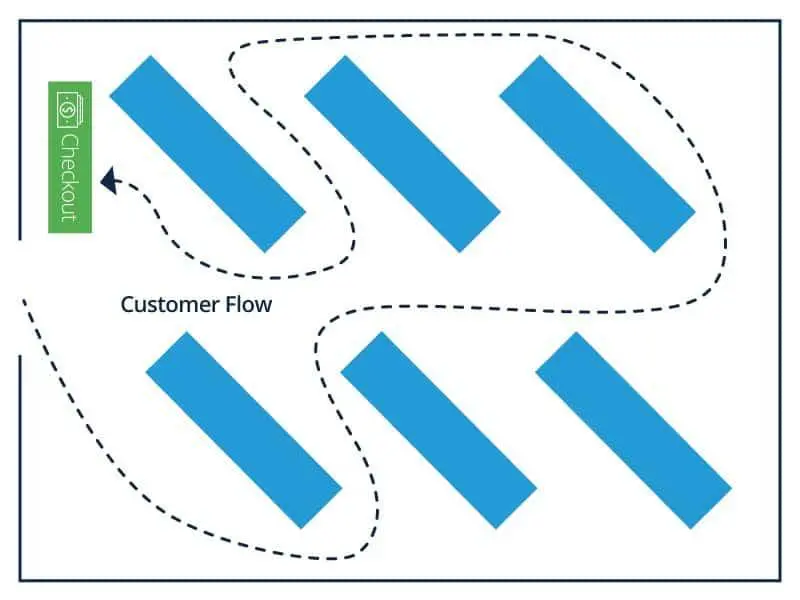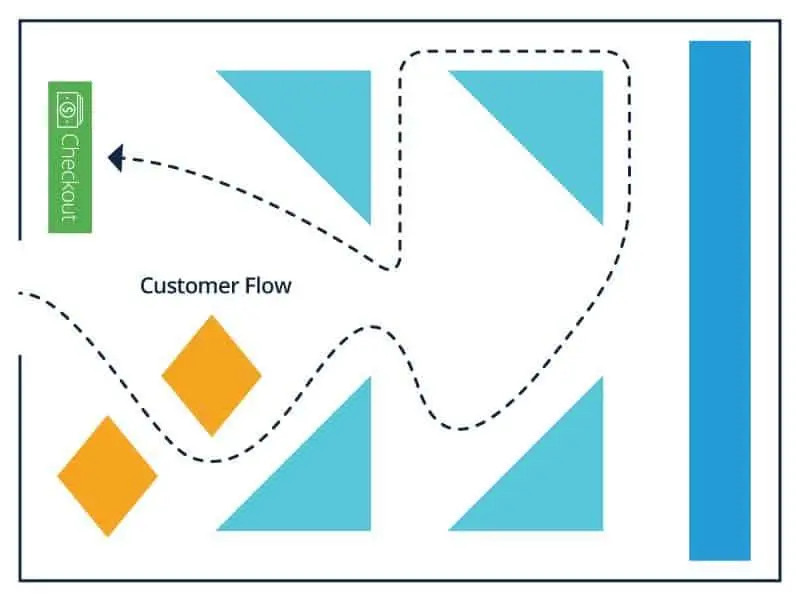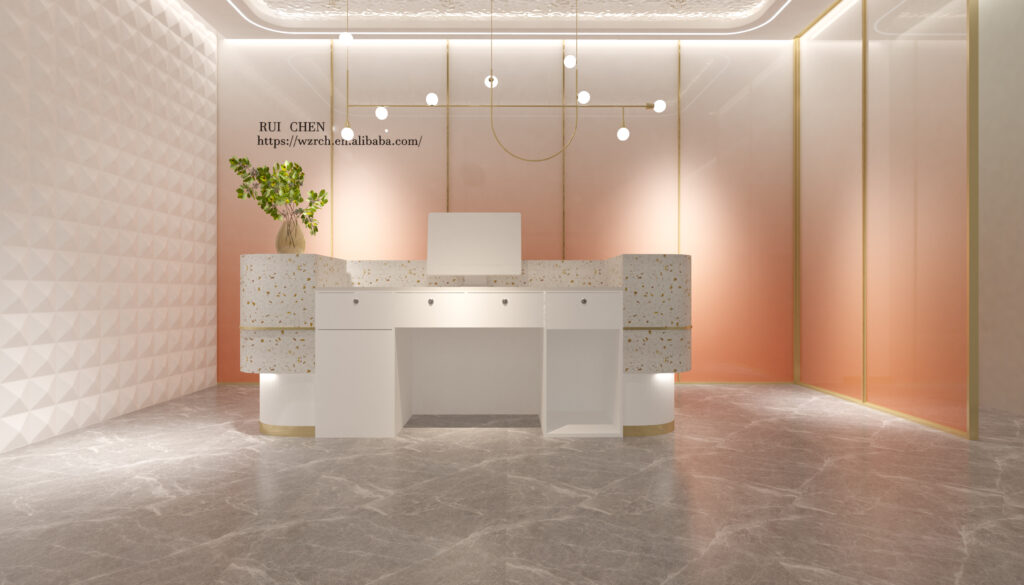Hello there, my friend! Remember our last chat about opening a clothing store? Well, today we’re going to dive deeper into one of the most crucial aspects of that process – planning your shop layout. Buckle up, because this is going to be a thrilling ride!
Planning a shop layout involves understanding your brand, knowing your target audience, and strategically placing products to guide customer flow and maximize sales. It’s a blend of art and science that, when done right, can transform your store into a retail powerhouse.

But that’s just the tip of the iceberg! Stick around as we delve deeper into the nitty-gritty of shop layout planning. There’s a whole world of knowledge waiting to be explored!
Know Your Brand and Audience
First and foremost, you need to understand your brand and your target audience. Your shop’s layout should reflect your brand’s personality and cater to your audience’s preferences. Are you a luxury brand catering to high-end customers, or a budget-friendly store for bargain hunters? Your layout should speak to that.
- The Power of the Right
- Strategic Product Placement
- The Decompression Zone
- The Pathway to Purchase
- The Checkout Area

1. The Power of the Right
Research suggests that customers tend to turn right upon entering a store. Capitalize on this by placing high-priority items or new collections in their immediate line of sight. This area, often referred to as the ‘Power Wall’, is your stage to make a strong first impression.

2. Strategic Product Placement
Place high-margin items at eye level, and lower-priced items at lower levels. This is based on the ‘Bulls-eye Principle’, which suggests that products at eye level are more likely to be purchased.
3. The Decompression Zone
The decompression zone is the first space that customers step into when they enter your shop. It’s where they transition from the outside world and adjust to your store’s environment. Avoid placing important merchandise here as customers are likely to miss it. Instead, use this space to create a welcoming atmosphere that reflects your brand.

4. The Pathway to Purchase
Creating a clear, unobstructed path that guides customers around your store is crucial. This could be a circular path that leads customers around the store and back to the front, or a free-flow layout that encourages exploration. Whichever you choose, ensure it guides customers past key merchandise and towards the checkout.



5. The Checkout Area
Last but not least, the checkout area. This is your last chance to encourage impulse purchases. Stock this area with small, inexpensive items that customers can easily add to their purchases.

In conclusion, planning your shop layout is a critical step in setting up your retail store. It’s about creating a space that not only showcases your products but also provides a seamless shopping experience. So take your time, plan carefully, and create a store layout that you and your customers will love. Happy planning, my friend!







